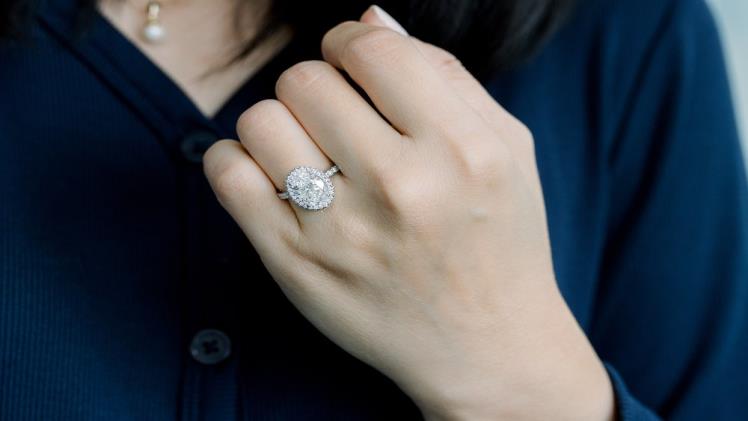Understanding lab diamonds Lab-grown diamonds are real diamonds created in laboratories that are chemically, physically, and optically identical to natural mined diamonds and can be cut, polished and set as jewelry just like their mined counterparts. You can check the lab diamonds guides.
Laboratory diamonds have become an increasingly popular choice among engaged couples for many reasons, making an informed choice when shopping for your ring easier. We’ve provided all of the essential information below regarding lab diamonds to make your selection process smoother and help make an educated choice about purchasing one.
1. Cost
About Lab Diamonds Lab-grown diamonds differ from mined stones by being produced ethically using cutting-edge technologies in laboratories. They emulate all of the same properties of natural diamonds both visually and chemically.
Mined diamonds may cost up to 40% less, making lab-grown alternatives an attractive choice for younger individuals who want something truly distinctive for their engagement ring. Their lower costs stem from decreased supply chain costs associated with growing diamonds. To know about how to measure ring size check the lab diamonds guide.
Mined diamond production requires hundreds of tons of soil and water displacement; while lab diamond production spares acres of land and watersheds while being less harmful to the environment.
One key advantage of lab-grown diamonds is their resell value – this can make purchasing one much more cost-effective than purchasing mined stones.
2. Clarity
Clarity in lab diamonds is determined by multiple factors that impact their appearance, such as nature, number and location of inclusions.
Inclusions are subtle imperfections that are difficult to spot without magnification or microscopy, often appearing as single dots or complex patterns of many smaller ones.
Flawless (F) stones do not show visible inclusions under 10x magnification, while Internally Flawless (IF) stones contain no internal inclusions but may exhibit surface blemishes.
Very, Very Slightly Included (VVS) stones feature inclusions that are easier to detect under 10x magnification than Flawless ones; thus most lab-grown diamonds receive VVS clarity grades.
Though inclusions play an integral part in a diamond’s overall appearance, they do not affect its value or prong setting capabilities; however, lower clarity levels do have an effect on durability of the stone.
3. Color
Color plays an essential part in defining a diamond’s beauty and value; its value also depends on factors such as cut, clarity, and environment.
Lab-grown diamonds come in different colors, including yellow, blue and pink. Their hue is determined by nitrogen atom pairs mixed in during their formation process.
Lab-grown diamonds may exhibit characteristics like yellowing, greening, browning or reddening due to traces of other impurities like iron, titanium and chromium that result from high pressure and temperature conditions used during growth in a laboratory environment.
GIA, one of the world’s premier gemological organizations, has created a color scale to assist consumers in making educated choices when purchasing diamonds. Generally, diamonds with higher color grades tend to cost more than lower grade diamonds.
4. Carat
Carat weight can play an influential role in the cost of lab diamonds. Since these gems are produced artificially in laboratories rather than having the same supply constraints as natural diamonds, their prices can fluctuate considerably over time.
Price of laboratory diamonds also depends on their cut quality; better cuts contain fewer internal flaws and are therefore more brilliant.
Round cut lab diamonds are among the most beloved diamond shapes, known for their brilliant brilliance and sparkle. Perfect for engagement rings with modern aesthetics.
Cushion cut lab diamonds feature romantic and cost-effective pillows of rounded corners that resemble those found on cushions, making them the most romantic diamond shapes available. In general, cushion cuts tend to come in smaller sizes than their round counterparts and tend to come at less of an investment cost than their counterparts.
As a rule of thumb, an ideal 1-carat diamond should have an approximate diameter of 6.5mm; however, this depends on its cut quality.

